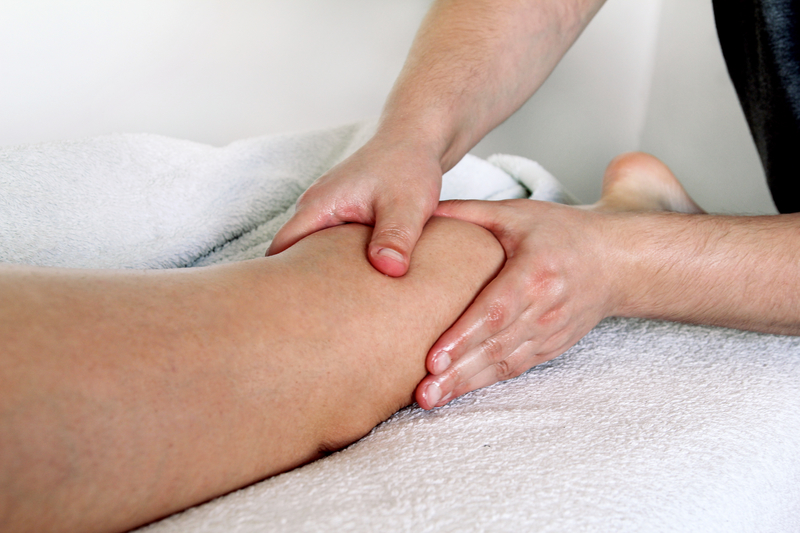Those who do body work see their clients at their most vulnerable. They see what nobody else does, whether that’s release of crying when trauma is unlocked, or moles and birthmarks that are covered daily. Massage therapists, though, can also come in contact with various rashes and body complications. Most people are dysmorphic about their bodies, it’s important to know in advance what non-contagious rashes look like, so you don’t look worried in front of your clients.
Psoriasis
While this rash is scaly and usually itchy, and can look quite intimidating, it’s not contagious to you as a therapist. Psoriasis is indicative of an autoimmune disorder, and sometimes can have a genetic basis. Regardless of the reason, it can look concerning, but is of no danger to you. The client need not be worried about it, but might need to know if there is a patch on a part of their body which they cannot see. Ask your client if pressure hurts those areas, it might for some and not for others.
Eczema
Eczema looks very similar to Psoriasis, but has different roots. It is also not contagious, however. Eczema often occurs in the creases of the body and at joints—anywhere the body bends. Atopic dermatitis may manifest visibly as recurrent lesions that can range from uncomfortable to debilitating for the one who has it. The eczema might be sore, cracked, or even weeping, in which case you must use your most gentle capabilities and good communication with your client.
Unexplained Lumps or Rashes
It’s not your job to do anything diagnostic, but as you are seeing most of a client’s body, you will notice that there might be areas which are unusual. If there is a problematic part, you must be very diplomatic when mentioning it to a client. If you see something potentially dangerous, like a mole which looks cancerous, you might mention that you have concerns about a lump or mole, but do not frighten the client by expressing your suspicion. Instead, recommend that they see their primary care doctor to look at it soon.
As a therapist, you know your work can be healing, both for physical pain and to help with various traumas and disorders. It’s not a matter of if you come in contact with rashes, but when. Learn about common ones which are ok, and always make sure they’ve been professionally diagnosed by doctors!
Read this next: 3 Healthcare Services to Take Advantage Of
